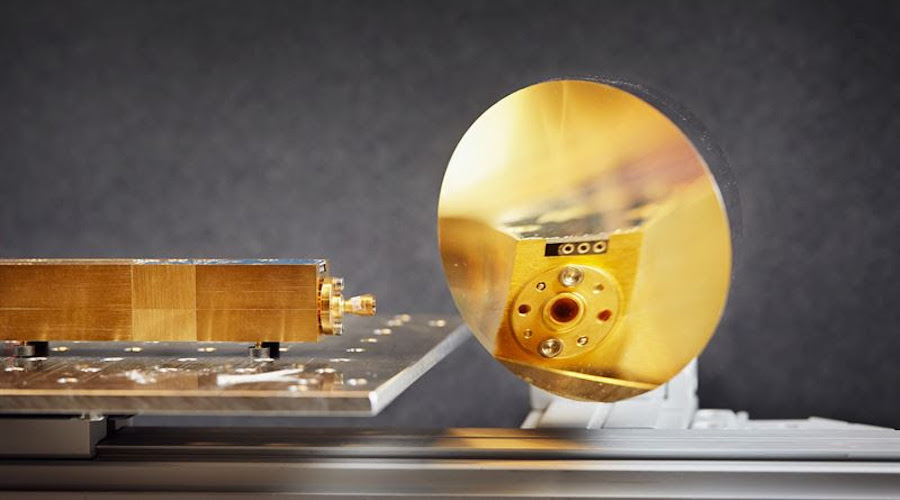
Researchers at Chalmers University of Technology have developed a radar technique able to provide a detailed characterization of the flow of solids in fluidized beds.
Fluidized bed combustion is one of the leading technologies used in thermal power plants. This technology converts solid fuels, such as biomass and waste, into district heating and electricity.
Particularly when it comes to transforming solid biofuels into energy, the technology allows for an efficient and consistent rate of combustion because the solid particles assume a liquid-like state which helps to distribute the heat homogeneously in the combustion chamber. In brief, fluidization technology is based on a gas being blown through a bed of small sand-like particles in a reactor, so that these solid particles, the fuel and the gas become thoroughly mixed.
Fluidization technology is also fundamental to other processes that are expected to play an important role in the transition of energy systems, and in circular resource flows – such as in carbon capture, energy storage and the production of hydrogen.
But until now, the lack of detailed characterization of the flow of solids in these beds has been holding back the development of these processes. Such characterization has been hard to perform because the reactor environment is often hot, dirty and corrosive and, therefore, prevents any type of measurement.
To address this issue, the Chalmers researchers decided to create an extremely high-frequency radar technique that can measure the flows of solid particles in fluidized beds with unrivalled precision. Inspired by the pulse-Doppler radar used to track weather phenomena such as rain or snow, this is the first time the technique has been demonstrated in the context of a fluidized bed.
According to the scientists, the high-frequency terahertz radar technique can penetrate the reactor from the outside and measure the behaviour of the particles inside it without disturbing the flow. The mechanism can also measure the speed and concentration of the solid particles simultaneously with great precision and high resolution in time and space. This means that even minimal changes in the flow can be detected in real-time, which is important when monitoring and controlling industrial processes.
In a paper published in the journal Fuel, the researchers explain that the radar transmitter and receiver convert lower frequencies into extremely high frequencies of up to 340GHz. The signal is then transmitted through the horn antenna and uses a gold mirror, an off-axis parabola, to redirect the beam towards the fluidized bed, enabling very precise measurements.
The group was able to test the technique in a three-metre high circulating fluidized bed boiler. Their findings showed a measurement quality that exceeded, by a large margin, the quality achieved by the methods previously used in the field.
“We have been able to show that pulse-Doppler radar technique at frequencies up to 340 GHz can measure both the distribution of particles and their velocity inside a process reactor at a much higher resolution than other technologies can,” Marlene Bonmann, co-author of the study, said in a media statement. “This is information that has long been lacking in the field and will make it possible to improve and scale up process reactors and – in the case of energy conversion – reduce emissions of unwanted residual products.”
For Bonmann and lead author Diana Carolina Guío Pérez, the knowledge that can be acquired with the high-frequency terahertz radar technique has the potential to break new ground in the general understanding of solids flows in fluidized bed reactors and other solids handling units.
“For example, it can lead to improved operation and design of the reactors needed in existing and completely new fluidized bed-based conversion processes, such as carbon capture and storage, energy storage and thermal cycling,” Guío Pérez said.